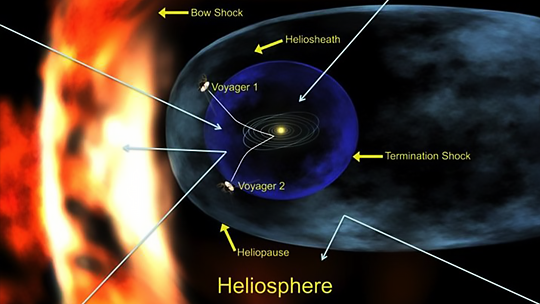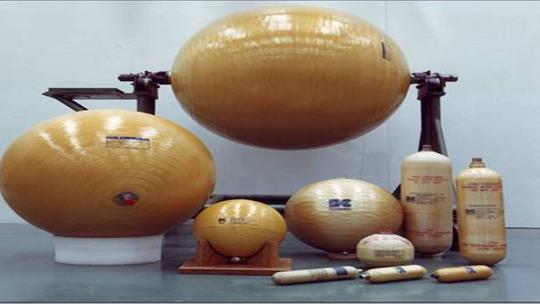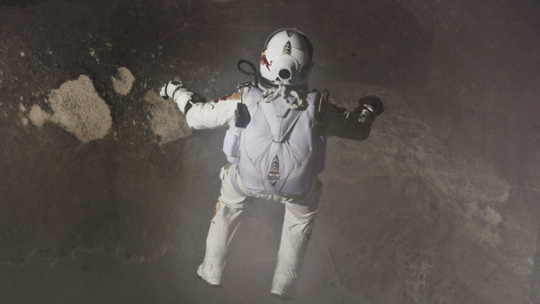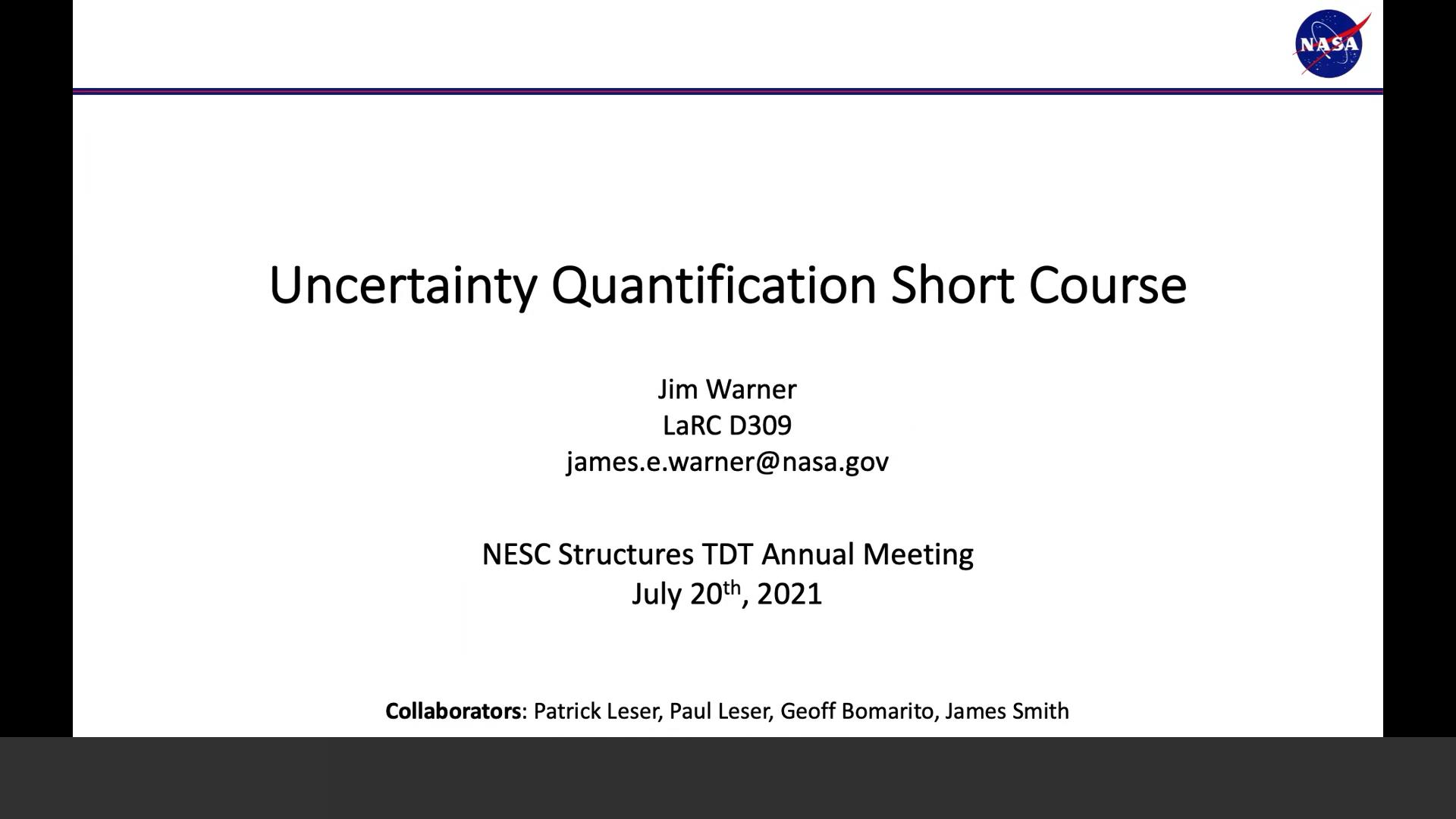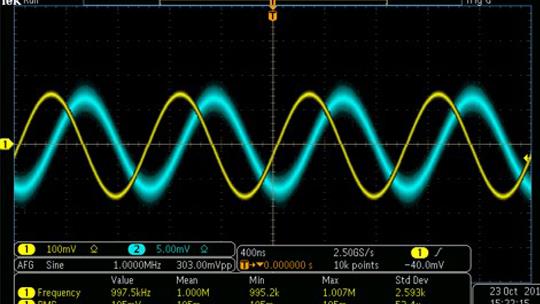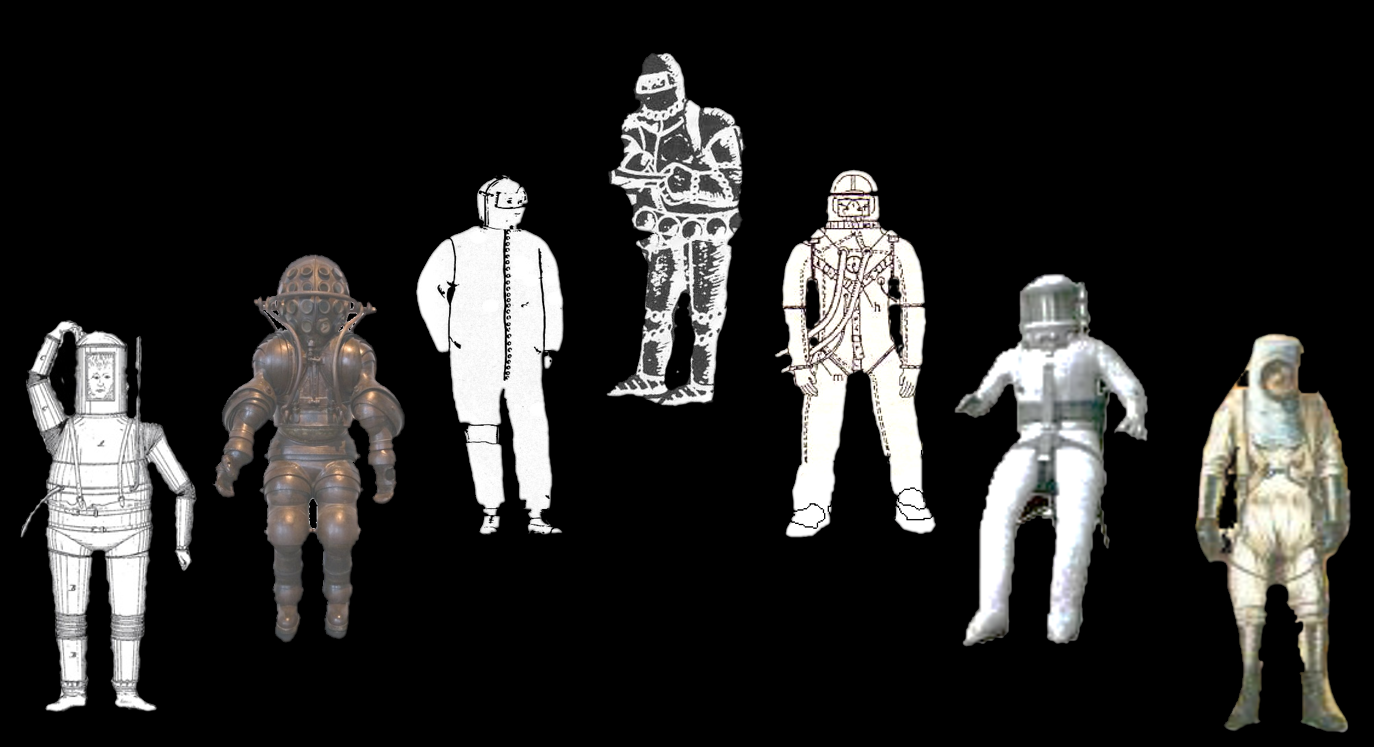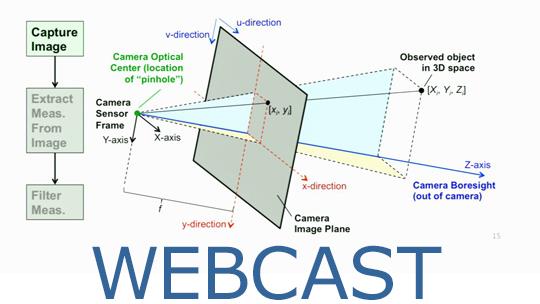Crew Health/Performance Improvements & Resource Impacts with Reduced CO2 Levels
There have been a cluster of anecdotal reports that ISS crews are experiencing adverse health effects from on orbit exposure to CO2 levels well below the current Spacecraft Maximum Allowable Concentration (SMAC), which is 5.3 mmHg for 180 days of exposure. Developing evidence that this standard should be reduced to protect crew health is not a simple process. Dr. John James’ team looked at the reports of headaches by the crew during private medical conferences and matched these with CO2 levels around the time of these reports. They then compared these to CO2 levels when there were no reports of headache. Using benchmark dose modeling, they found that the risk of headache could be predicted in concentration ranges from 2 to 5 mmHg. However, the data are incomplete because there were insufficient data when crews were exposed to concentrations below 2 mmHg. James’ team also asked whether neuro-cognitive effects could be identified with CO2 exposure levels and found that these could not be associated with CO2 levels. Finally, they addressed the question of resource use to meet various levels of CO2 control if the SMACs were lowered. They estimated that CO2 restrictions approaching 2 mmHg would require substantial increases in power use and up-mass resources. They are refining their data on CO2 and headaches, and are looking at potential interactions of intracranial pressure and CO2 levels in eliciting ocular effects.
Presenters:
Dr. John JamesLinks
- Slides
- Confirmation of Attendance
- Dr. John James' Biography
- ͏͏͏͏͏͏͏͏
- NASA U.S. Spacesuit Knowledge Capture Website
- U.S. Spacesuit Knowledge Capture Program Catalog
- Environmental Control/Life Support Catalog
- Environmental Control/Life Support Community of Practice (NASA Internal Networks Only)
- ͏͏͏͏͏͏
- Feedback



